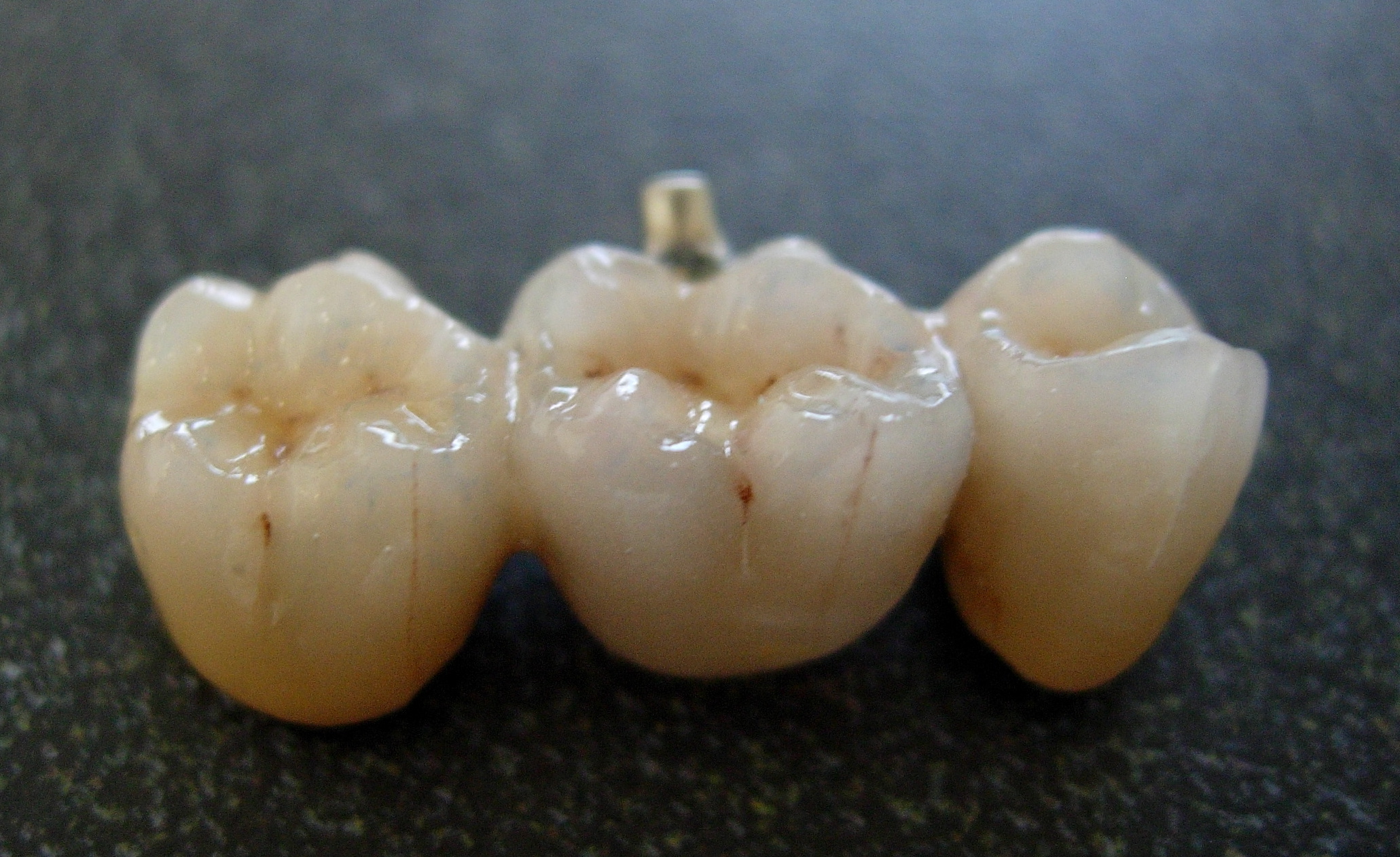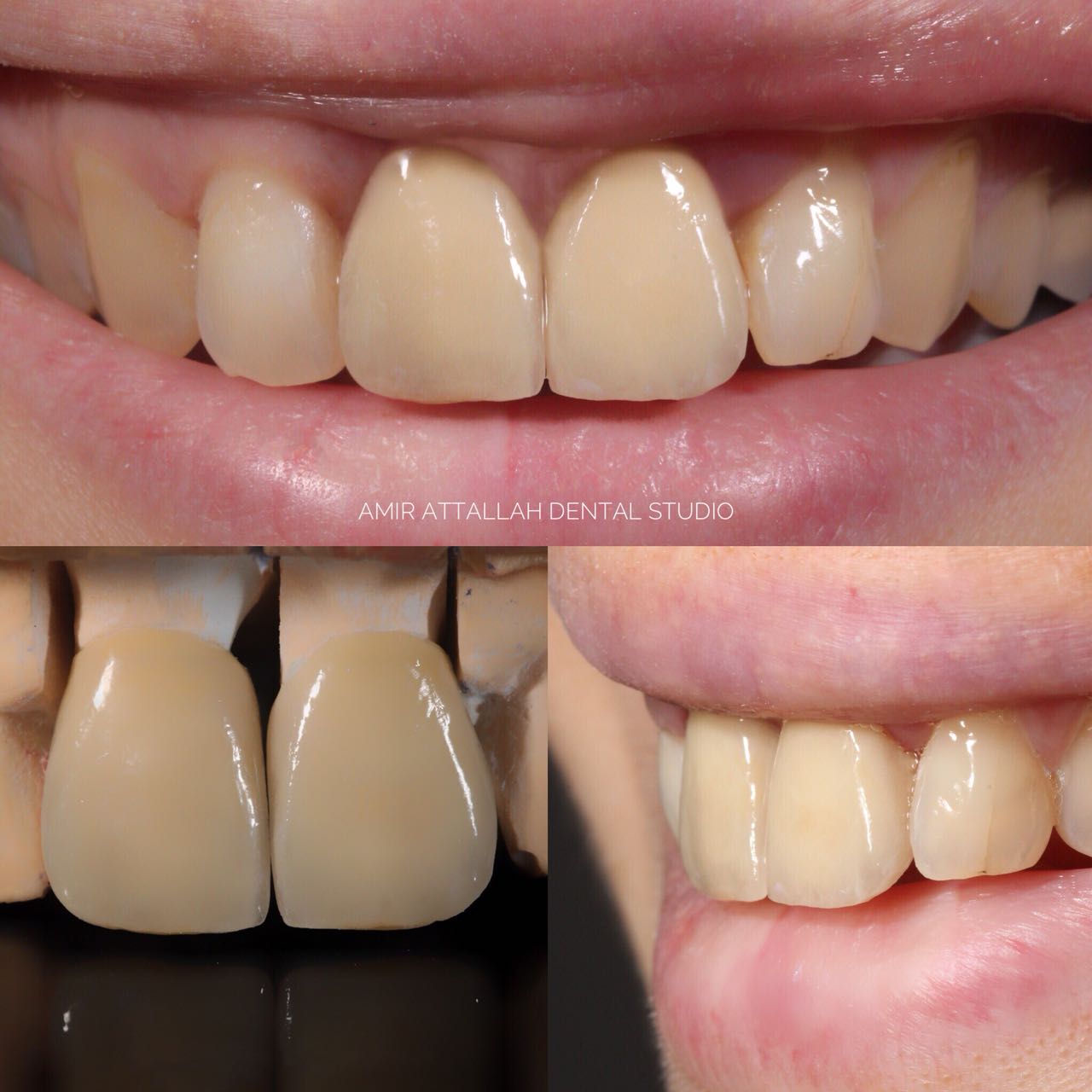dental porcelain on:
[Wikipedia]
[Google]
[Amazon]
 Dental porcelain (also known as dental ceramic) is a
Dental porcelain (also known as dental ceramic) is a

 Dental porcelain (also known as dental ceramic) is a
Dental porcelain (also known as dental ceramic) is a dental material
Dental products are specially fabricated materials, designed for use in dentistry. There are many different types of dental products, and their characteristics vary according to their intended purpose.
Temporary dressings
A temporary dressing ...
used by dental technicians to create biocompatible lifelike dental restorations, such as crowns, bridges, and veneers. Evidence suggests they are an effective material as they are biocompatible, aesthetic
Aesthetics, or esthetics, is a branch of philosophy that deals with the nature of beauty and taste, as well as the philosophy of art (its own area of philosophy that comes out of aesthetics). It examines aesthetic values, often expressed th ...
, insoluble and have a hardness of 7 on the Mohs scale. For certain dental prostheses
A dental prosthesis is an intraoral (inside the mouth) prosthesis used to restore (reconstruct) intraoral defects such as missing teeth, missing parts of teeth, and missing soft or hard structures of the jaw and palate. Prosthodontics is the den ...
, such as three-unit molars porcelain fused to metal or in complete porcelain group, zirconia-based restorations are recommended.
The word "ceramic" is derived from the Greek word ''keramos'', meaning "potter's clay". It came from the ancient art of fabricating pottery where mostly clay was fired to form a hard, brittle object; a more modern definition is a material that contains metallic and non-metallic elements (usually oxygen). These materials can be defined by their inherent properties including their hard, stiff, and brittle nature due to the structure of their inter-atomic bonding, which is both ionic and covalent. In contrast, metals are non-brittle (display elastic behavior), and ductile (display plastic behaviour) due to the nature of their inter-atomic metallic bond. These bonds are defined by a cloud of shared electrons with the ability to move easily when energy is applied. Ceramics can vary in opacity from very translucent to very opaque. In general, the more glassy the microstructure (i.e. noncrystalline) the more translucent it will appear, and the more crystalline, the more opaque.
Composition
Ceramic used in dental application differs in composition from conventional ceramic to achieve optimum aesthetic components such as translucency. As example the composition of dental feldspathic porcelain is as follows: * Kaolin 3-5% * Quartz ( silica) 12-25% * Feldspar 70-85% * Metallic colourants 1% * Glass up to 15%Classification
Ceramics can be classified based on the following:
Classification by Microstructure
At the microstructural level, ceramics can be defined by the nature of their composition of amorphous-to-crystalline ratio. There can be an infinite variability of the microstructures of materials, but they can be broken down into four basic compositional categories, with a few subgroups: * Composition category 1 – glass-based systems (mainly silica), example is the feldspathic porcelain. * Composition category 2 – glass-based systems (mainly silica) with fillers, usually crystalline (typically leucite or, more recently, lithium disilicate) * Composition category 3 – crystalline-based systems with glass fillers (mainly alumina) * Composition category 4 – polycrystalline solids (alumina and zirconia). Dental ceramic is generally regarded as biologically inert. However, other toxicities may exist fromdepleted uranium
Depleted uranium (DU; also referred to in the past as Q-metal, depletalloy or D-38) is uranium with a lower content of the fissile isotope than natural uranium.: "Depleted uranium possesses only 60% of the radioactivity of natural uranium, hav ...
as well as some of the other accessory materials; in addition, the restoration may increase wear on opposing teeth.
Classification by Processing Technique
* Powder/liquid, glass-based systems * Machinable or pressable blocks of glass-based systems *CAD/CAM
CAD/CAM refers to the integration of Computer-aided design (CAD) and Computer-aided manufacturing (CAM). Both of these require powerful computers. ''CAD'' software helps designers and draftsmen; ''CAM'' "reduces manpower costs" in the manufactur ...
or slurry, die-processed, mostly crystalline systems
Classification of crystalline ceramics
Types of Ceramics
The range of dental ceramics determined by their respective firing temperatures are: * Ultra-low Fired below 850 °C - mainly used for shoulder ceramics (aims to combat the problem of shrinkage, specifically at the margins of the prep, when the early sintered ceramic state is fired to produce the final restoration), to correct minor defects and to add colour/shading to restorations * Low fusing Fired between 850 and 950 °C - to prevent the occurrence of distortion, this type of ceramic should not be subjected to multiple firings * Higher fusing This type is used mainly for denture teethLaboratory Procedure
The dentist will usually specify a shade or combination of shades for different parts of the restoration, which in turn corresponds to a set of samples containing the porcelain powder. There are two types of porcelain restorations: * Porcelain fused to metal * Complete porcelain Ceramic restorations can be built on a refractory die, which is a reproduction of a prepared tooth made of a strong material with the ability to withstand high temperatures, or it can be constructed on a metal coping or core. For ceramic fused to metal restorations, the black color of metal is first masked with an opaque layer giving it a shade of white before consecutive layers are built up. The powder corresponding to the desired shade of dentine base is mixed with water before it is fired. Further layers are built up to mimic the natural translucency of the enamel of the tooth. The porcelain is fused to a semi-precious metal orprecious metal
Precious metals are rare, naturally occurring metallic chemical elements of high economic value.
Chemically, the precious metals tend to be less reactive than most elements (see noble metal). They are usually ductile and have a high lustre. ...
, such as gold, for extra strength.
Systems which use an aluminium oxide, zirconium oxide or zirconia core instead of metal, produces complete porcelain restorations.
Firing
Once the mass has been built up, it is fired to allow fusion of the ceramic particles which in turn forms the completed restoration; the process by which this is done is referred to as ‘baking’. The first bake forces water out and allows the particles to coalesce. During this initial process, a large amount of shrinkage occurs until the mass reaches an almost void-free state; to overcome this the mass is built-up to a size larger than the final restoration will be. The mass is then left to cool slowly to prevent cracking and reduced strength of the final restoration. Adding more layers to build up the restoration to the desired shape and/or size requires the ceramic to undergo further rounds of firing.Staining
Ceramic can also be stained to show tooth morphology such as occlusal fissures and hypoplastic spots. These stains can be incorporated within the ceramic or applied onto the surface.Glazing
Glazing is required to produce a smooth surface and it's the last stage of sealing the surface as it will fill porous areas and prevent wear on opposing teeth. Glazing can be achieved by re-firing the restoration, which fuses outer layers of the ceramic, or by using glazes with lower fusing temperatures; these are applied on the outer surface of the restoration in a thin layer. Any adjustments are then made with polishing rubbers and fine diamonds.Use of CAD-CAM
Recent developments in CAD/CAM dentistry uses special partiallysintered
Clinker nodules produced by sintering
Sintering or frittage is the process of compacting and forming a solid mass of material by pressure or heat without melting it to the point of liquefaction.
Sintering happens as part of a manufacturing ...
ceramic ( zirconia), glass-bonded ceramic or glass-ceramic ( lithium disilicate) formed into machinable blocks, which are fired again after machining.
By utilising in-office CAD/CAM technology, clinicians are able to design, fabricate and place all-ceramic inlays, onlays, crowns and veneers in a single patient visit. Ceramic restorations produced by this method have demonstrated excellent fit, strength and longevity. Two basic techniques can be used for CAD/CAM restorations:
* Chairside single-visit technique
* Integrated chairside–laboratory CAD/CAM procedure
Ceramic Restorations can be
Ceramic restorations are indicated for most dental applications including: * Veneers * Inlays * Onlays * Crowns * Bridges *Implant
Implant can refer to:
Medicine
*Implant (medicine), or specifically:
** Brain implant
** Breast implant
**Buttock implant
**Cochlear implant
**Contraceptive implant
**Dental implant
** Fetal tissue implant
**Implantable cardioverter-defibrillator ...
supra- and sub-structures
* Denture teeth
However, each system will have its own set of specific indications and contraindications which can be obtained from the manufacturers guideline.
Contraindications for Ceramic Restorations
Ceramic restorations are contraindicated when a patient presents with the following: * Parafunction; individuals who suffer frombruxism
Bruxism is excessive teeth grinding or jaw clenching. It is an oral parafunctional activity; i.e., it is unrelated to normal function such as eating or talking. Bruxism is a common behavior; reports of prevalence range from 8% to 31% in the gene ...
or clenching
* Short clinical crown
* Immature teeth
* Unfavourable occlusion
* Supragingival preparations (when used alongside adhesive cements)
Other uses
Denture Teeth
Poly(methyl methacrylate)
Poly(methyl methacrylate) (PMMA) belongs to a group of materials called engineering plastics. It is a transparent thermoplastic. PMMA is also known as acrylic, acrylic glass, as well as by the trade names and brands Crylux, Plexiglas, Acrylite, ...
(PMMA) is the material of choice for denture teeth, however ceramic denture teeth have been, and still are used for this purpose. The main benefit associated with the use of ceramic teeth is their superior wear resistance. There are however a number of disadvantages to using ceramic for denture teeth including their inability to form chemical bonds with the PMMA denture base; rather, ceramic teeth are attached to the base via mechanical retention which increases the chance of debonding during use over time. Additionally, they are more likely to fracture due to their brittle nature.
Endodontic Posts
Ceramic can be used in the construction of non-metallic posts, however, it is a brittle material and as such may fracture within the root canal or may cause fracture of the root due to its increased strength. Another disadvantage is that once placed, removal may not be possible.References
{{reflist Dental materials Porcelain